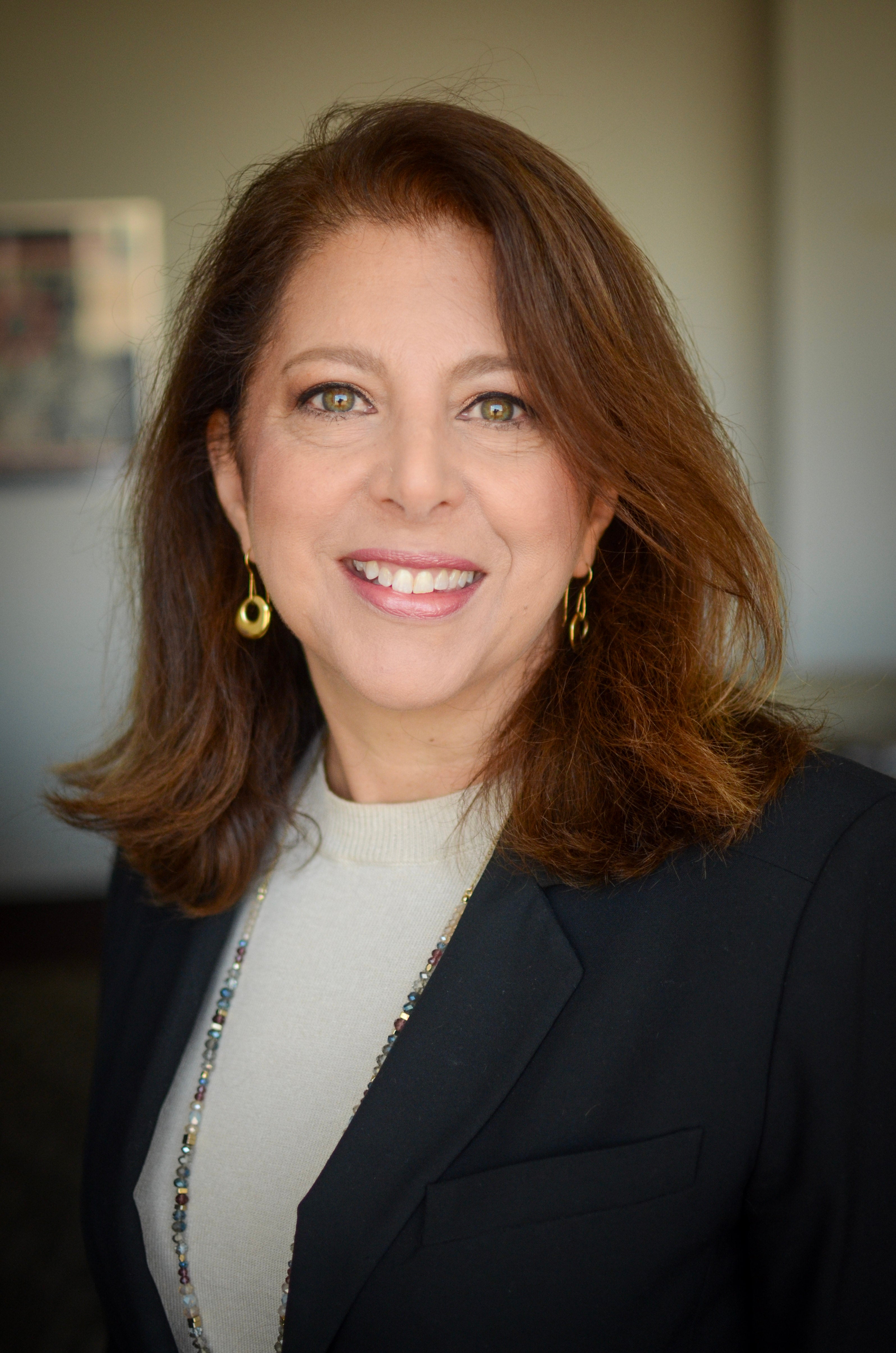February 27, 2025
The following column appeared on the websites of 12 USA Today Network daily newspapers in New York.
Teaching history is — understandably — one of the most challenging tasks educators face, particularly in making the past feel relevant to the present and their students. These lessons are not just about teaching students about the bigotry and bias that influenced the past; but also about fostering empathy, critical thinking and a commitment to human rights and democratic values.
The Holocaust, one of history’s darkest chapters, when six million Jews were intentionally targeted and murdered, serves as a stark reminder of the consequences of unchecked hatred and prejudice. But for students in an ever-changing world, it can be difficult to connect these historical events with the biases, antisemitism, racism and hatred they encounter today.
It is incumbent upon us all to help them make those connections and to demonstrate how it is the responsibility of every American to understand the enduring problem of antisemitism and the imperative to stand up against hate in all its forms.
Antisemitism is not just a thing of the past — the horrific 2018 Tree of Life synagogue shooting in Pittsburgh, rising social media harassment and attacks in our cities and on our campuses show clearly how Jews continue to be targeted by extremists. The newly released State of Antisemitism in America 2024 Report from American Jewish Committee, or AJC, details the epidemic of antisemitism facing American Jews today and highlights the urgent need for a whole-of-society response.
One of the most alarming takeaways from this year’s report is that nearly six in ten American Jews —56% — changed their behavior out of fear of antisemitism in 2024 — a sharp increase from previous years. Roughly three-quarters of Jews say they feel less safe as a Jew in the United States after the Hamas terror attacks against Israel on Oct. 7, 2023, and 33% of American Jews say they have been the personal target of antisemitism — in person or virtually — at least once over the last year.
AJC’s State of Antisemitism in America 2024 Report must serve as a clarion call to educators and decision-makers that we must do more — and we must do better — to educate our students and ourselves about bias and hatred and its impact on society as a whole.
AJC’s survey found that younger American Jews, ages 18-29, are more likely to have experienced antisemitism, with 41% having been the target of antisemitism at least once, compared to 31% of U.S. Jews 30 and older.
Critically, their peers — U.S. adults of the same ages — are less likely to know what antisemitism is. Roughly 41% young Americans are unfamiliar with the term “antisemitism” — they have either heard the term, but are unsure of what it means — 30% — or have never heard the term before — 11%.
In a society where nearly three-fourths of U.S. adults say antisemitism is a problem in the U.S. today, with 31% saying it is “a very serious problem,” it is crucial to implement educational programs that foster understanding and highlight our shared humanity.
A new exhibit at Rye Country Day School in Westchester County, produced in partnership with Common Circles, USC Shoah Foundation and American Jewish Committee, is a critical example of the type of resources and education we must be providing to our students and communities. Designed with the theme of “Bridging, Belonging, & Building Community,” it uses the arts, conversation and storytelling to place students and educators squarely in conversation with history for themselves.
In addition to content in the exhibit that explores identity, bias, racism and antisemitism, visitors have the unique opportunity to engage and interact with two avatars through interactive biographies — one of a Holocaust survivor and the other of an American soldier who helped to liberate Gunskirchen Lager, a subcamp of Mauthausen concentration camp. Visitors to the exhibit can ask them questions, turning classroom knowledge into personal experience and sense of responsibility.
The exhibit and these interactions take the overwhelming nature of the themes of bias, “othering” and hatred, and make it possible for a dialogue to occur with students and educators alike. Suddenly (through the use of sophisticated voice-recognition processing technology), a 10-year-old from Westchester County can have a conversation with Anita, now a 99-year-old Auschwitz survivor from Germany who lives in London, bringing home our common humanity, the lessons of the Holocaust and the ramifications of bigotry in the present.
Despite the worrisome statistics in the AJC report, the good news is most U.S. adults — 90% — believe antisemitism affects society as a whole and that everyone is responsible for countering it.
As we work together to explore identity, bias, racism, the Holocaust and antisemitism, we hope to forge ties between who we are and who we want to become, between the community we have and the community we want to shape, and between historical lessons of the past and actions we can take in the future.
Our hope is that exhibits like the one at Rye Country Day will provide the tools for our community to understand bias, become empowered to stand up against hatred and antisemitism, and build a future where we can respect one another and celebrate the diversity that is the very foundation of American society.
Myra Clark-Siegel is Westchester/Fairfield Regional Director of American Jewish Committee. Dr. Alexandra Herzog is National Deputy Director of the William Petschek Contemporary Jewish Life Department and Jewish Peoplehood Initiatives at AJC.




